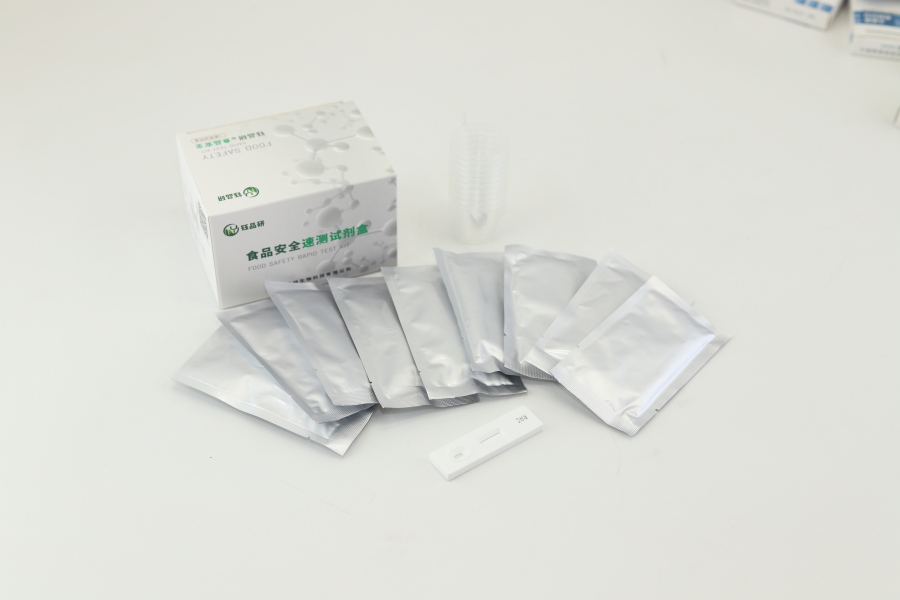
furan drugs have been widely used in livestock, poultry and aquaculture as a class of broad-spectrum antibiotics, but their metabolites have potential toxicity and carcinogenicity, posing a threat to human health. Therefore, the detection of furan drug residues in food is crucial, among which the four tests of furan are the focus of attention in the industry.
The four tests of furan usually refer to the detection of four furan drugs and their metabolites, furazolidone, furalidone, furacillin and furantoin. These substances will be rapidly metabolized in animals, but their metabolites can combine with proteins to form stable residues, exist in animal tissues for a long time, and enter the human body through the food chain. Therefore, the accurate detection of four furan residues in food is a key step to ensure food safety.
In practical applications, we often hear the term "furan quadruple test". Essentially, furan quadruple test and furan quadruple test refer to the same type of test items, that is, the detection of the above four furan drug metabolites. There may be different expressions of "four" or "quadruple" in different contexts or detection protocols, but the core is the screening of these four key residues. This test is designed to comprehensively monitor the possible risk of furan residues in food and provide strong protection for food safety.
The importance of conducting four furan tests is self-evident. It is not only the basic requirements of complying with national laws and regulations, but also an important means for food production enterprises, regulatory authorities and third-party testing agencies to fulfill their food safety responsibilities. Through effective testing, contaminated food can be detected and controlled in a timely manner, preventing it from entering the market and protecting consumers' health.
In terms of detection methods, there are currently a variety of technologies to choose from, including instrumental methods such as high-performance liquid chromatography-mass spectrometry (HPLC-MS/MS), as well as rapid detection methods such as colloidal gold immunochromatography and enzyme-linked immunosorbent assay (ELISA). Although the instrumental methods have high accuracy and good sensitivity, they are complicated to operate, costly and time-consuming, and are usually suitable for conclusive detection. The rapid detection method, such as the food safety rapid detection reagent produced by Wuhan Yupinyan Bio, plays an important role in scenarios such as on-site screening and large-scale sample initial screening due to its advantages of simple operation, fast and efficient operation, and relatively low cost. It can meet the needs of food enterprises for self-inspection and rapid law enforcement by regulatory departments.
Wuhan Yupinyan Bio, as a professional food safety rapid detection reagent manufacturer, is committed to providing high-quality and cost-effective detection products for the market. The four rapid detection reagents of furan developed by it are designed to help users quickly and accurately conduct preliminary screening of furan drug residues in food samples, and contribute to the construction of food safety defense lines.
whether it is called the four-item furan test or the quadruple furan test, its core goal is the same, that is, to effectively control the risk of furan drug residues in food through scientific detection methods. When choosing the detection plan, we should comprehensively consider the selection of appropriate detection methods and products according to actual needs, such as testing purpose, sample volume, testing time limit and budget. The combination of rapid detection reagents and large-scale instrument testing can form a more complete food safety testing system and jointly protect the "safety on the tip of the tongue".

